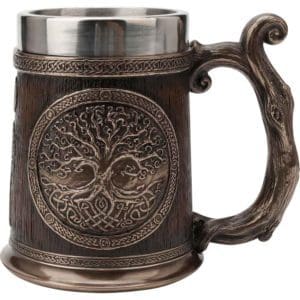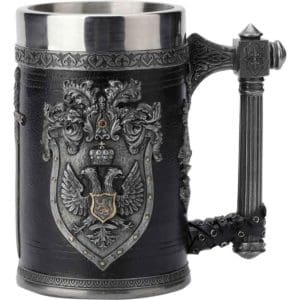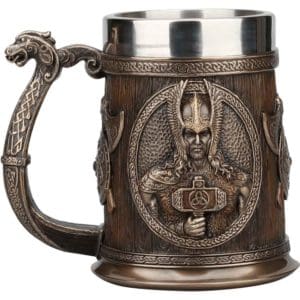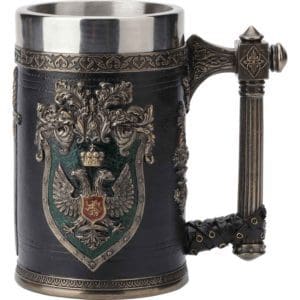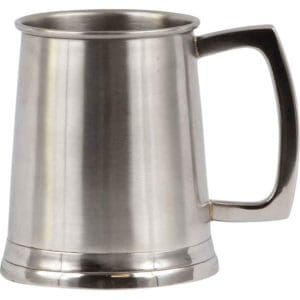Medieval Beer and Brewing
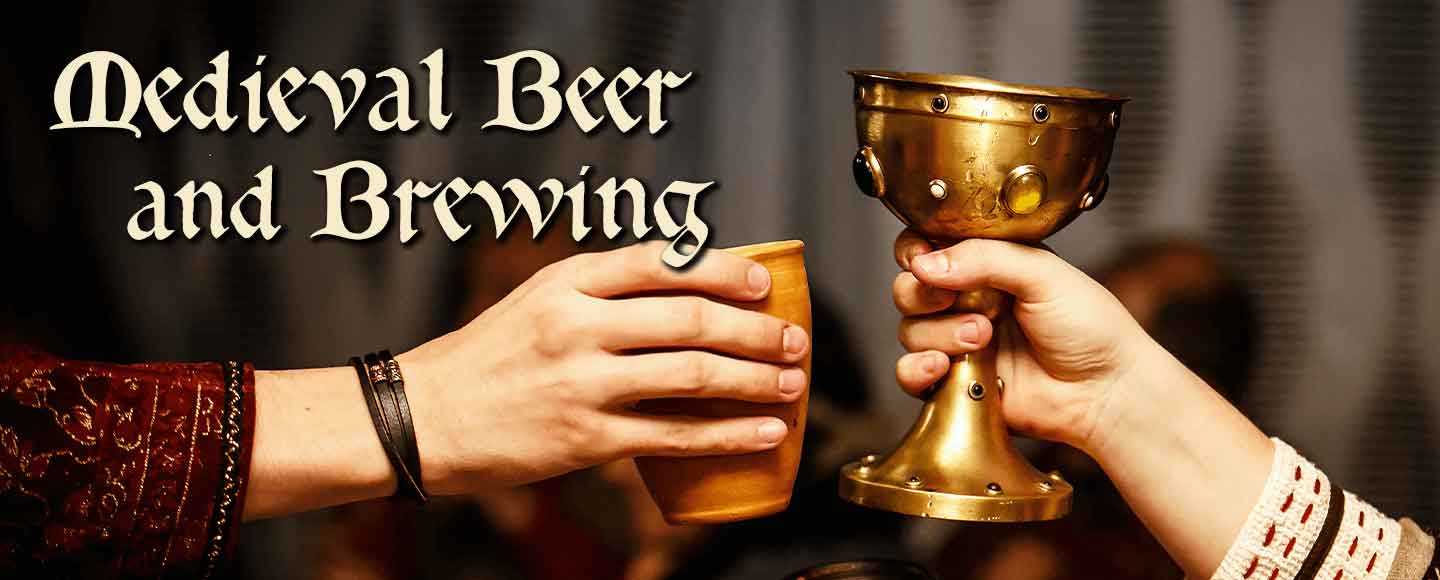
In the United States, National Beer Day is April 7th. In celebration, we explore a bit of the medieval world of beer and brewing. What would a medieval person drink? Let’s take a look.
Two of the most popular drinks in the medieval world were beer and ale. While wine was drunk, it was usually limited to wealthier households. Meanwhile, ale and beer were more widespread. In the modern day, an ale is just a type of beer. However, this was not the case in the past, especially in the medieval period. These were two different drinks, and there were definite distinctions between the two.
General Info
Prior to the 14th century, ale was a drink common in England, while beer was very much a continental European drink. It was popular in Northern and Eastern Europe. Dutch immigrants were likely the ones to introduce the drink into England in the 1350s. The Dutch were a large source of beer. This association with the Dutch and beer would cause issues and accusations, including accusations of poisoning, during the Hundred Years War. Some breweries were attacked during this period.
In general, brewing was a widespread occurrence. It existed as both domestic and commercial production. Its domestic associations allowed brewing to be one of the few medieval occupations that were freely open to women. Over time however, medieval monasteries performed more and more of the brewing as a commercial enterprise. They would brew ale and beer for both self-sufficiency and for sale as surplus. It was a lucrative business for them. Regardless of the brewer, brewing had a strong connection with baking and therefore, the community baker. Barm, or the yeast froth from fermentation, was often used in bread making to help the bread rise.

Beer
Historically speaking, beer is malt, water, and hops. Malt is germinated cereal grain that has been dried and/or toasted. It can be different colors, from a light, pale color to an almost chocolate, dark color. This is seen in modern brews today, such as the well-known pale ale. While barley is the most common grain, it is not required to be the only grain. This was the case historically in many places but not everywhere. The 1516 Reinheitsgebot law in Germany was the most famous example of this. It decreed that beer could only be made from barley, water, and hops. Nothing else could be used. Yeast was later added to the list, once people were aware of its existence and its role in fermentation. Regardless, it was the hops in medieval beer that made it beer and not ale.
Ale
Historically, ale was just malt and water. You didn’t need hops for ale. This was important in a couple of different ways. Hops require of lot of space to grow, and therefore more likely limited to those who were able to grow them. That didn’t stop people from flavoring their ale. They just used a variety of herbs, fruits, and flavoring ingredients that weren’t hops. In fact, it was common to use fruit to flavor ales. Despite not knowing what yeast was, medieval people probably recognized that ale fermented easier with the addition of fruit, a common source of natural yeast.
In addition, without hops, ale didn’t necessarily require boiling prior to fermentation, which was common with beer. People would boil the liquid with the hops. Without hops, this didn’t necessarily happen when making ale. This meant that ale was more likely to go bad faster. Medieval people usually drank ale within days of production.
Drinking Popularity
Ale was the most popular medieval drink. In fact, it was often drunk instead of water. While this sounds a bit silly today, there was some sense behind this. Many sources of medieval water were impure. Ale contained alcohol which would have been cleaner in comparison. The boiling that brewing beer required would increase this medieval tendency. The boiling would kill off most pathogens and even a slight amount of alcohol would help keep it from going bad. In addition, both ale and beer, ale more so than beer, had a greater amount of nutritional content than just straight water. Specifically, there are carbohydrates and B Vitamins in beer and ale. In addition, if the grain wasn’t boiled for making ale, then there were additional sugars and proteins.
Summary
Ale and beer were highly popular drinks during the medieval period. While wine was also drunk, it was much more limited to the wealthy. Brewing ale and beer had its place in medieval society. They were incredibly common drinks.
Sources:
https://www.cs.cmu.edu/~pwp/tofi/medieval_english_ale.html
https://byo.com/article/searching-for-medieval-ale/
https://www.medievalists.net/2019/10/how-beer-came-to-medieval-england/
https://worldhistory.us/medieval-history/ale-production-in-medieval-times.php

